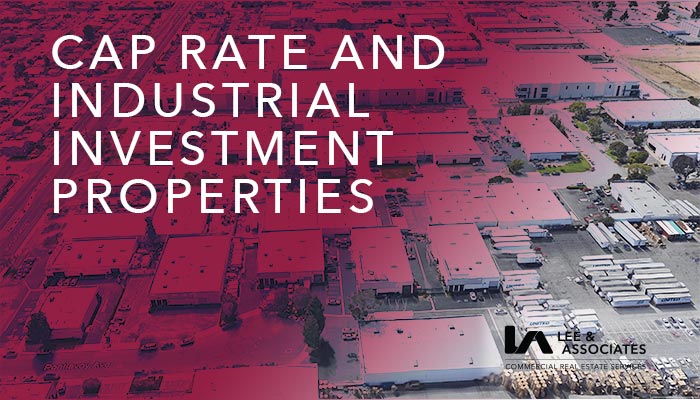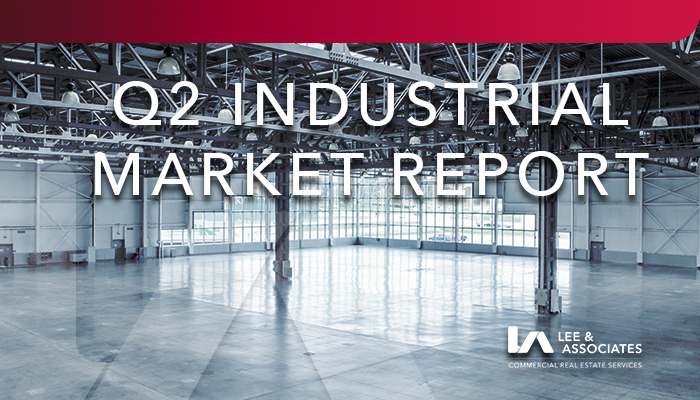The quick answer is no, since there are 5 other key indicators, provided by Lee & Associates Orange broker Christopher Destino’s article, that can affect the long term value of your future or existing industrial investment property. The Cap Rate (Capitalization Rate) is a term that indicates the rate of return computed based on the net income which the property is expected to generate. The Cap Rate simply represents the yield of a property over a one year time horizon assuming the property is purchased on cash and not on loan. The capitalization rate indicates the property’s intrinsic, natural, and un-leveraged rate of return.
Although the Cap Rate is a convenient, one figure, snapshot of the investment potential of a property there are other key indicators to look at. They are Location, Building Characteristics/Features, Credit Worthiness & History of the Tenant, Cost Basis and Market Rent and Upside Potential or Value-Add.
The amount a tenant is paying compared to the purchase price can be an attractive number initially but when the tenant decides to move out when their lease expires how well positioned is the property to attract the next lessee. Location can be a key factor to attract a new tenant and the overall value of the property in the future. If the land is close to transportation hubs such as a harbor or major freeway access points it can be more attractive to a wider variety of users. This is similar with the building characteristics and features where a dock high loading area and higher ceiling height can potentially increase the productivity of a user fetching a higher price PSF (Price per Square Foot).
The credit worthiness and history of the tenant can be a fantastic selling point to an investor especially if the tenant is entrenched in the area. A strong tenant has a lot of value since finding a new tenant can be pricey especially with the property not generating any revenue.
On paper the initial offering’s advertised Cap Rate may look very attractive, but to ensure that it is not unreasonably inflated, it must be checked against the fair market value of the current rent and/or price per square foot (PSF) of the building. This can be extremely important when considering a sale-leaseback acquisition, especially one where the seller is more interested in raising the sales value than keeping the monthly cost of occupancy low. It is not uncommon, however, for investors to absorb slight premiums in either price PSF or rental rate PSF, but these premiums must be within reason.
One final consideration is the sought after “value add” play, or “What type of upside potential does a property offer?” This is in contrast to the idea of paying a slight premium, as mentioned in our last point. Here, investors are looking for ways to either increase the current rent significantly or re-positioning the asset to increase the total sale price when they dispose of the property. These are generally harder to find and include a little more risk but can provide a great vehicle for building equity.
Christopher Destino is a broker that focuses on Industrial properties in the Mid-Counties area of Southern California.

